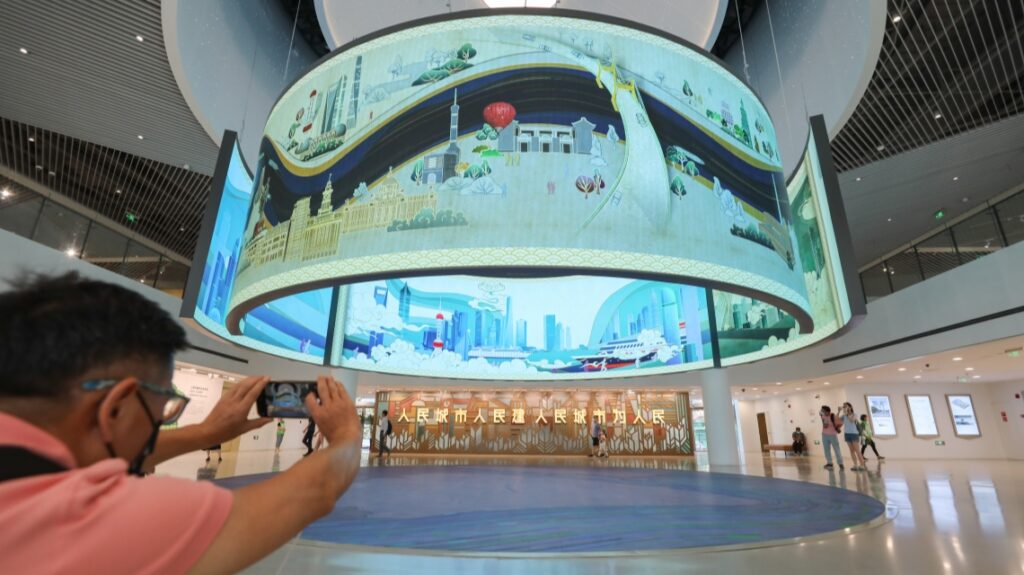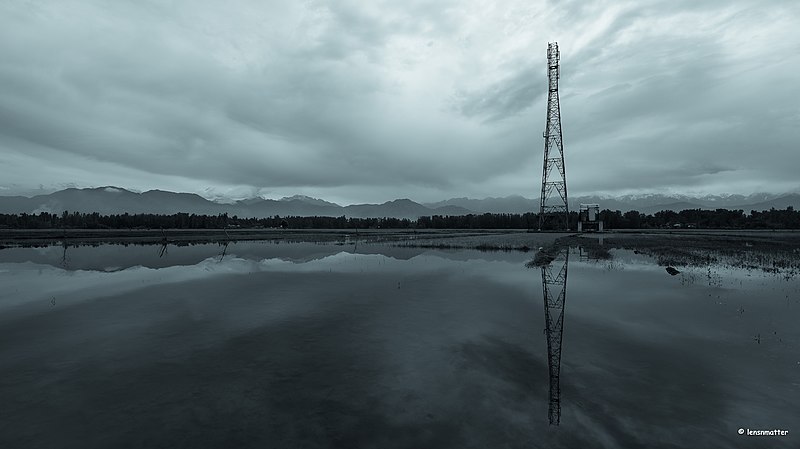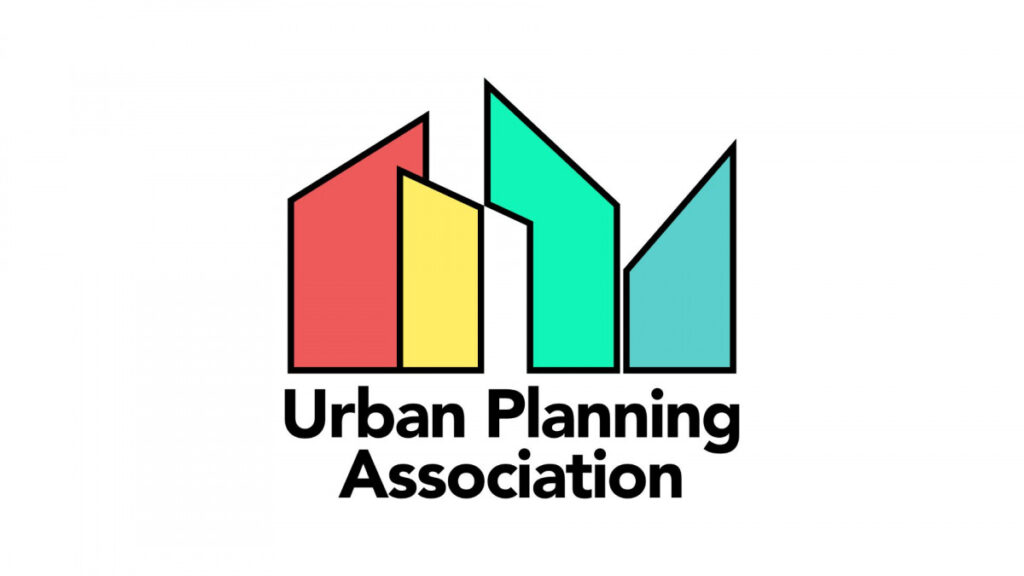Shot by Jiang Xiaowei. Edited by Jiang Xiaowei. Subtitles by Yang Jian.
Shanghai’s iconic urban planning exhibition hall reopened to the public for free on Tuesday after a nearly two-year renovation.
The Shanghai Urban Planning Exhibition Center on People’s Avenue in Huangpu District has integrated new technologies, such as virtual reality, augmented reality, 8K high-definition displays as well as the largest five-dimensional digital map of the world to present the past, present and future development.
It is open free of charge from 9 a.m. to 5 p.m. every day, except Wednesday. Visitors must make online reservations and have a negative polymerase chain reaction test result within the previous 72 hours.
All 500 quotas for the first day were reserved immediately after the center announced the reopening on its official WeChat account.
“I think it’s the best place for children to learn about the history and the future of the city,” said Pan Hong’an, a local pensioner who took his grandson to the center around 10 a.m. Tuesday.
“The new exhibition includes many high-tech facilities that well represent Shanghai’s status as a center of scientific innovation.”
The center closed on December 1, 2019, for its biggest facelift since the venue opened in February 2000.
During its more than two decades of operation, the center has received a total of 7.2 million visitors, 60% of them from abroad. Many foreign tourists have chosen the center as the first stop on their visit to Shanghai, according to the center.
12 Pictures | View slideshow ›
-

Shanghai urban planning exhibition center reopened on People’s Avenue
Jiang Xiaowei / SHINE
-

Visitors rush to the reopened Shanghai Urban Planning Exhibition Center on Tuesday.
Jiang Xiaowei / SHINE
-

Visitors rush to Shanghai’s new urban planning exhibition center.
Jiang Xiaowei / SHINE
-

The Shanghai Urban Planning Exhibition Center has reopened.
Jiang Xiaowei / SHINE
-

The Shanghai Urban Planning Exhibition Center has reopened.
Jiang Xiaowei / SHINE
-

The Shanghai Urban Planning Exhibition Center has reopened.
Jiang Xiaowei / SHINE
-

The Shanghai Urban Planning Exhibition Center has reopened.
Jiang Xiaowei / SHINE
-

The Shanghai Urban Planning Exhibition Center has reopened.
Jiang Xiaowei / SHINE
-

The Shanghai Urban Planning Exhibition Center has reopened.
Jiang Xiaowei / SHINE
-

The Shanghai Urban Planning Exhibition Center has reopened.
Jiang Xiaowei / SHINE
-

The Shanghai Urban Planning Exhibition Center has reopened.
Jiang Xiaowei / SHINE
-

The Shanghai Urban Planning Exhibition Center has reopened.
Jiang Xiaowei / SHINE
It is the first exhibition center in China dedicated to urban planning and construction achievements.
The center was supposed to reopen in March, but that was delayed by the resurgence of the COVID-19 pandemic.
The new exhibition center mainly presents the city’s 2035 master plan in several thematic exhibitions such as “humanist”, “innovation” and “ecological”.
The miniature models reproduce the typical characteristics of the city shikumenor stone residences, as well as popular water towns such as Zhujiajiao in suburban Qingpu District.
Shanghai’s latest digital transformation strategy and smart digital applications are also on display with interactive installations.
A section has been designated for professionals to view the latest global planning information and details of Shanghai’s previous master plans.
Over 500 photographs, 90 videos and 40 models are featured in around 30 exhibits, which will be regularly updated to include the latest in city planning.
A section on the ground floor will host temporary art exhibitions related to urban studies.
Currently, the inaugural exhibition – Beijing-Shanghai Urban Culture Image Studies – runs until September 10.
More than 40 photos taken by 30 architects and urban planners in the two cities address many key urban development issues, such as convergence of urban styles and lack of features, according to the exhibition organizer.








